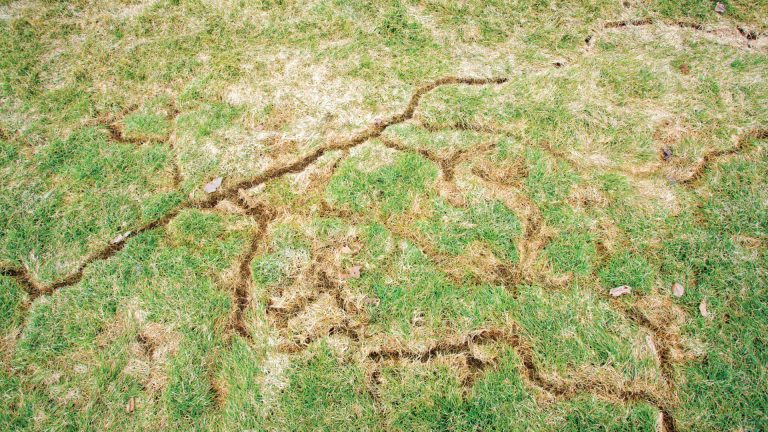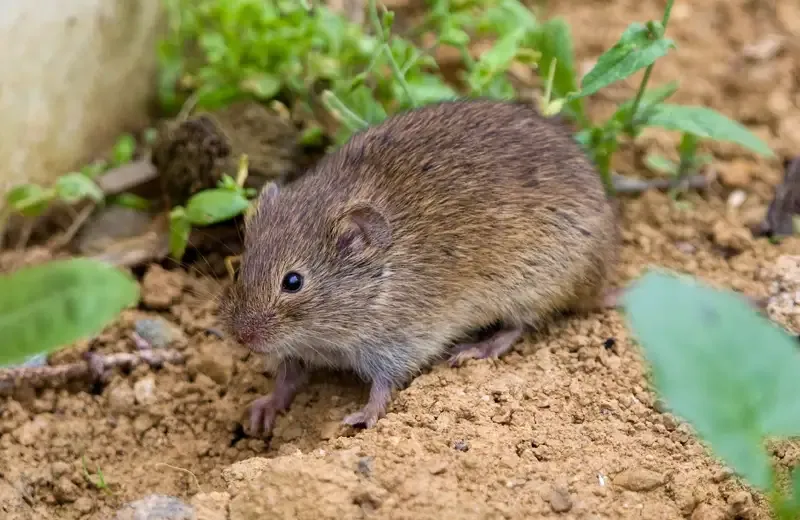Comprehensive Vole Pest Control Services in Utah
Comprehensive Vole Pest Control Services in Utah
Blog Article
Comprehensive Guide to Effective Vole Pest Control: Problem Recognition and Treatment Methods
In the world of efficient insect control, vole infestations position an one-of-a-kind difficulty that demands a tactical technique. By exploring the nuances of vole actions, understanding key indications of invasion, and assessing a variety of control choices, one can develop a detailed technique to battle these elusive pests.
Comprehending Vole Habits
Vole actions is identified by their burrowing routines and quick recreation prices, making them a challenging insect to regulate successfully. These tiny rats generally create intricate passage systems underground, utilizing them for sanctuary, food storage space, and transportation. Voles are herbivores, consuming a variety of plants, grasses, bulbs, and origins, which can trigger significant damages to gardens, orchards, and grass. Their quick reproductive price more makes complex control efforts, with ladies with the ability of producing several clutters in a single year, each containing numerous children.
Voles are most energetic during the morning and evening hours, spending most of their time foraging for food. Their delving habits not only interrupt gardens and lawns yet likewise make them testing to detect and remove. Recognizing vole habits is critical for reliable pest control approaches. By determining their burrow locations, keeping track of feeding locations, and carrying out targeted control approaches, such as capturing or environment modification, vole infestations can be managed efficiently.
Signs of Vole Infestation

Prevention Methods
Implementing reliable avoidance approaches is critical in lessening vole problems and safeguarding plant life from their damaging feeding practices (vole control). To avoid vole infestations, it is vital to begin by getting rid of prospective food sources and shelter. Maintain turf and greenery trimmed short, eliminate weeds and debris, and keep a neat garden or lawn to make the location much less appealing to voles. Setting up barriers such as equipment towel or underground secure fencing can additionally aid discourage voles from going into specific areas. Furthermore, reducing excess moisture by dealing with dripping pipelines and making certain appropriate water drainage can make the atmosphere less friendly for voles.
Routinely evaluating the residential property for signs of vole activity, such as paths and delve openings, is important for very early detection and prompt activity. If vole activity is presumed, consider making use of catches or repellents purposefully positioned near their pathways.
Non-Lethal Control Approaches
To properly handle vole populaces while prioritizing humane methods, non-lethal control strategies use sensible options for minimizing vole damage in yards and landscapes. These barriers can be hidden at least 12 inches bent and deep at a 90-degree angle to protect against voles from delving underneath.

Lethal Control Options
One effective technique for addressing vole problems in landscapes and gardens involves the strategic usage of dangerous control alternatives. When faced with an extreme vole infestation that non-lethal approaches have actually fallen short to include, implementing dangerous control measures becomes critical. On the whole, when employing dangerous control choices, it is important to do so responsibly and in conformity with neighborhood laws to successfully manage vole problems.
Verdict
Finally, reliable vole parasite control calls for a detailed understanding of vole actions, recognition of signs of problem, application of avoidance strategies, and use of both non-lethal and deadly control techniques. By integrating these methods, people can effectively take care of vole populations and safeguard their property from damage. It is vital to attend to vole invasions quickly to stop further issues and minimize the effect on the surrounding setting.
Given the detailed tunnel systems and fast reproduction prices characteristic of voles, acknowledging the indicators of vole infestation becomes vole yard damage vital in efficient bug control. One of the main indicators of vole visibility is the presence of surface area paths or tracks in lawn or snow, usually about 1-2 inches vast, produced as voles travel between their burrows and food sources.To properly manage vole populations while focusing on humane approaches, non-lethal control approaches use practical services for reducing vole damages in landscapes and gardens.One efficient approach for addressing vole problems in gardens and landscapes includes the critical usage of lethal control options. vole pest control.In verdict, effective vole bug control calls for a thorough understanding of vole habits, recognition of indications of infestation, implementation of prevention methods, and utilization of both lethal and non-lethal control methods
Report this page